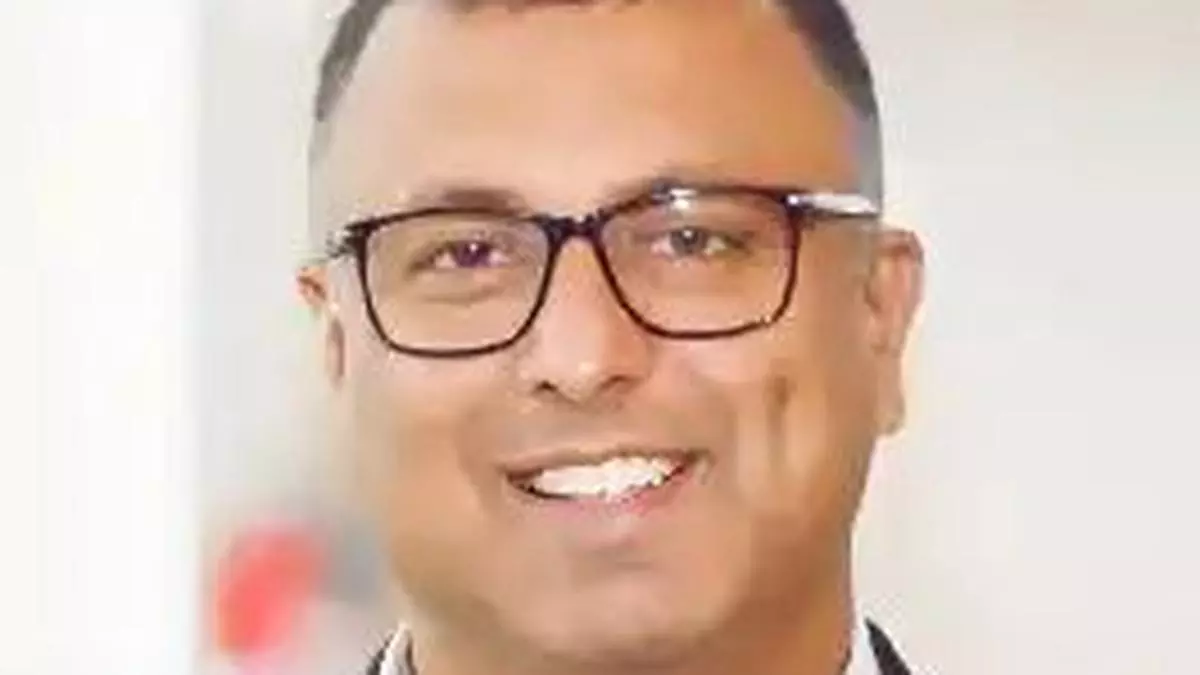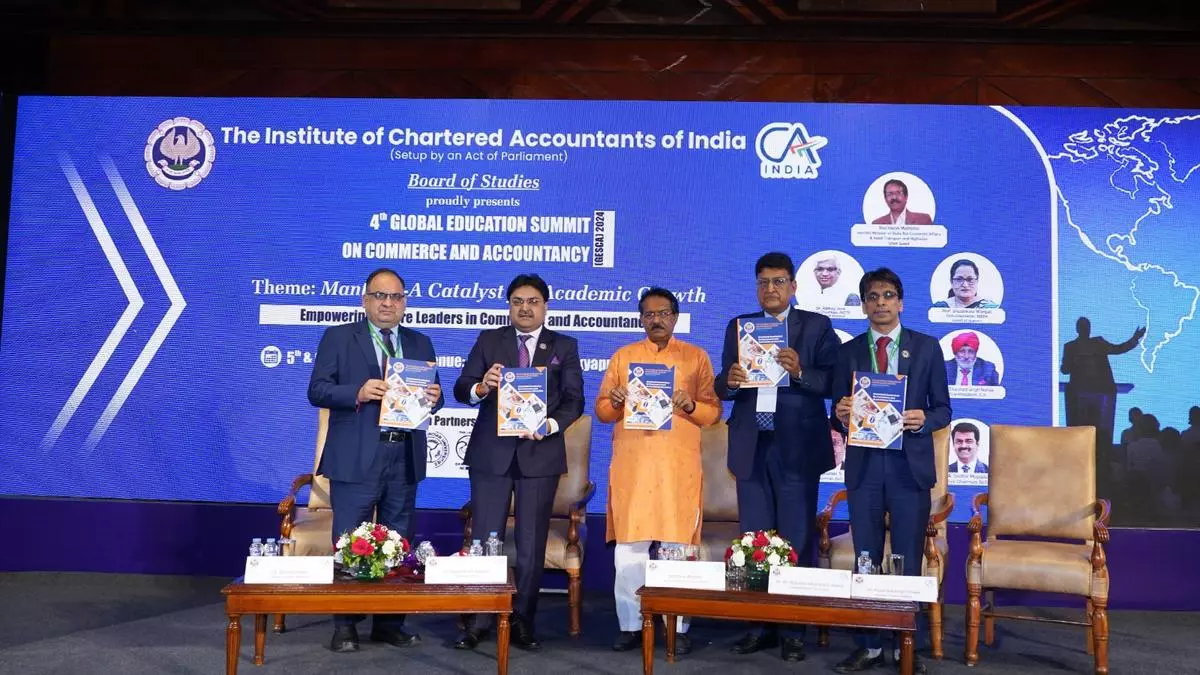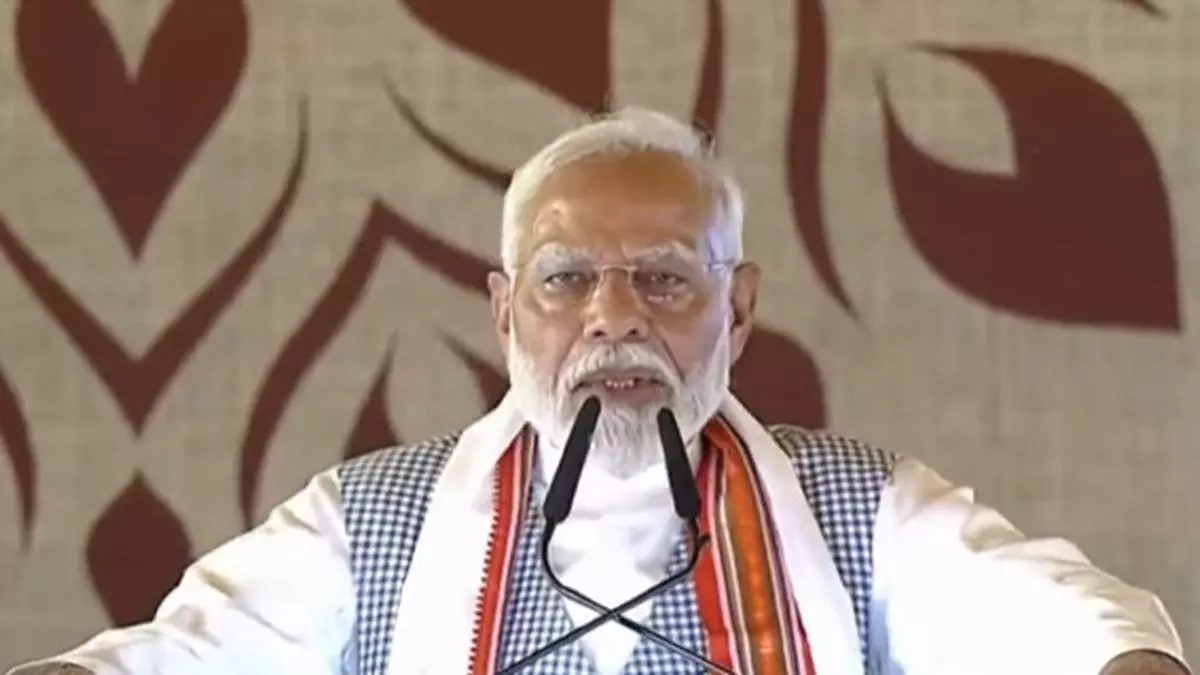Creation of infrastructure for the second generation of IITs — which include the institutes in Gandhinagar, Bhubaneshwar, Mandi and Ropar — were initially constrained by land availability issues, reflecting “poor due diligence” by the selection committee, the Public Accounts Committee has said in its report on Setting Up of New Indian Institutes of Technology.
It was envisaged that each of the IITs would require 500–600 acres of land. The second generation of IITs also included the ones in Jodhpur, Hyderabad, Indore and Patna; and these four reportedly have the requisite land parcels. Work across all IITs were to be completed by March 2023.
The committee also noted that there was at least a five-year delay, post clearance of loans from JICA (Japan International Co-operation Agency), in beginning the work for phase-II of the IITs that included setting up of incubation and research parks, among others. The JICA had cleared a loan of ₹1,501.72 crore in January 2014 for the projects which were estimated to cost ₹1,776.50 crore. However, work was sanctioned only in 2019. “There has been an inordinate delay on the part of IIT/Ministry (of Education) which is being covered in the name of JICA,” the report mentioned.
Student–teacher ratio, student enrolment
The audit also noticed inconsistencies in the student-faculty ratio, which is said to be 10:1 (one faculty for 10 students). According to its observations, barring the one at Ropar, the rate of faculty intake did not correspond to the student enrolment. Against a sanctioned strength of 2024 faculty members, the vacancies were to the tune of 632. The highest vacancy was noticed in IIT–Bhubaneswar of 47 per cent, or 112 posts vacant, against a sanctioned 240.
“IITs have been directed to fill the vacancies in their institutes in mission mode……,” the Ministry reportedly has told the Public Accounts Committee in its response. Congress MP, Adhir Ranjan Chowdhury, is the Chairperson of the Committee.
As against the overall targeted intake of students (of 18,880), just 6,224 or 33 per cent were admitted. “Till 2018-19, only IIT Hyderabad was able to achieve the targeted student intake,” the report mentioned. The Ministry on its part has clarified that the student enrolment across the new IITs stand at 20,514, which include 10,654 students at the under-graduates level, 4,909 at post-grad level and another 4,953 were PhD scholars.
The Committee also noted that despite showing improvement in their ranking from 2020 as per Indian National Rankings System, i.e, NIRF Report, some of the IITs have been placed much below in the World University Ranking System known as Quacquarelli Symonds (QS).
The Public Accounts Committee therefore, desired that the NIRF should be made more broad-based and internationally acceptable. For this the parameters taken into account for appraisal of the performance of the IITs in the country should be reviewed and made comprehensive as per the international practices.













+ There are no comments
Add yours